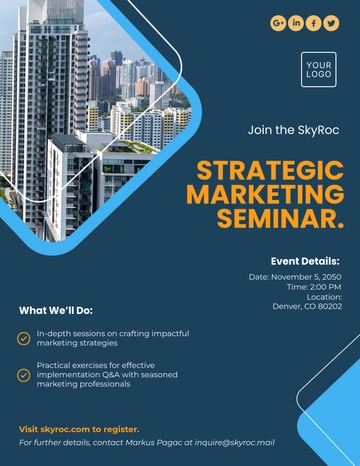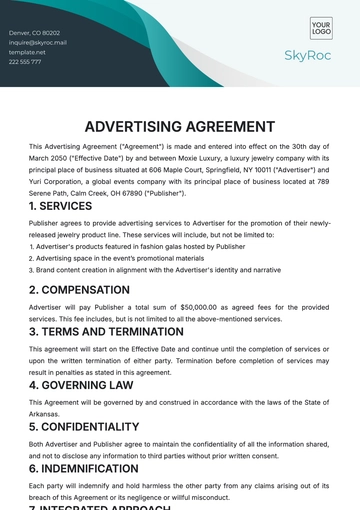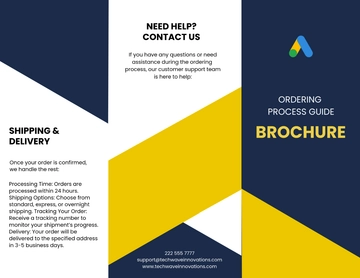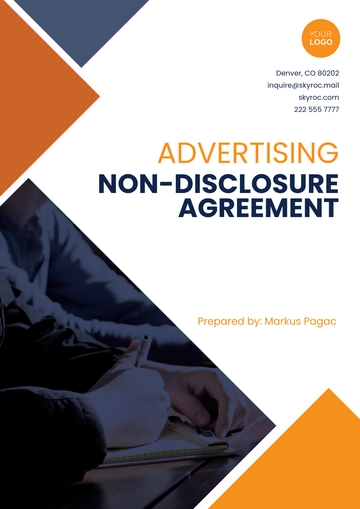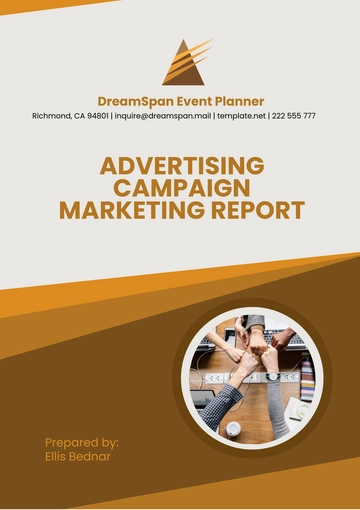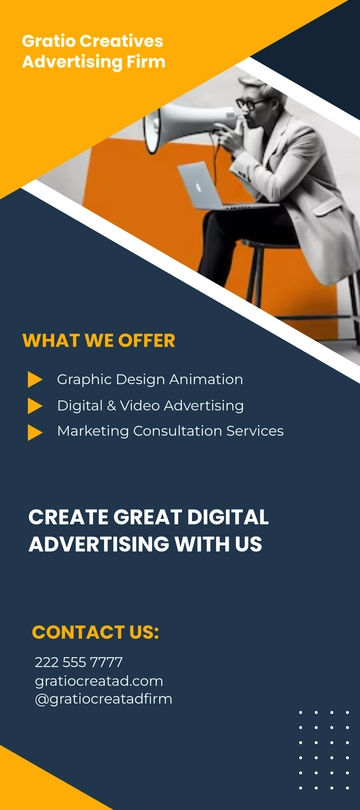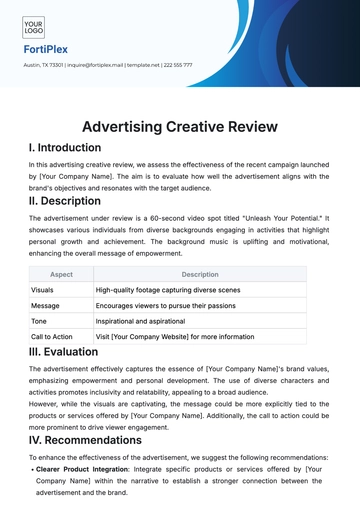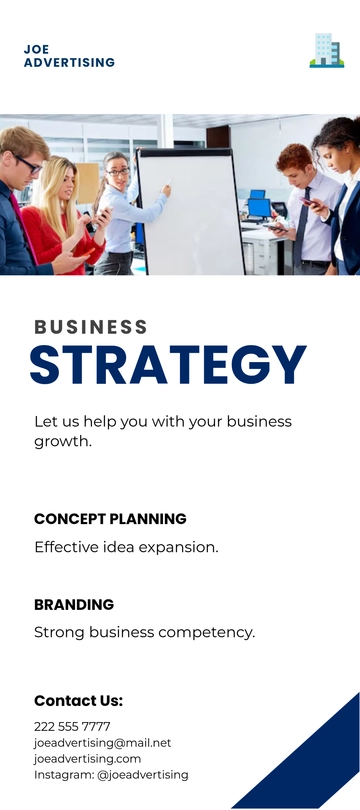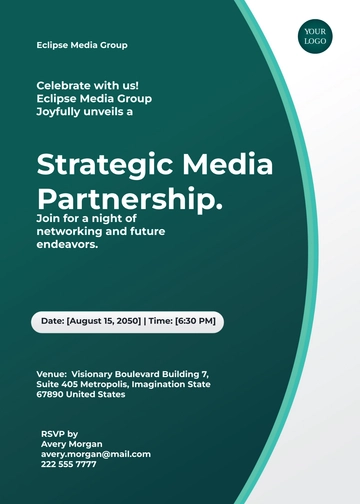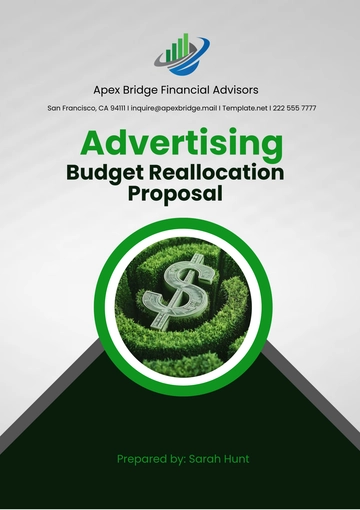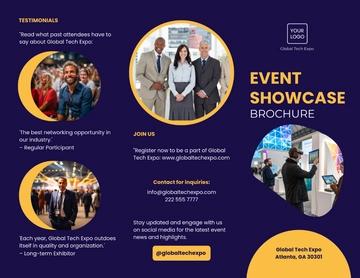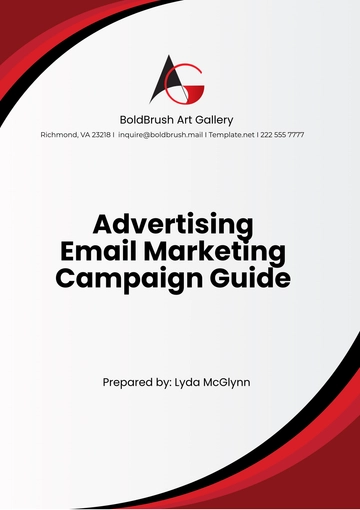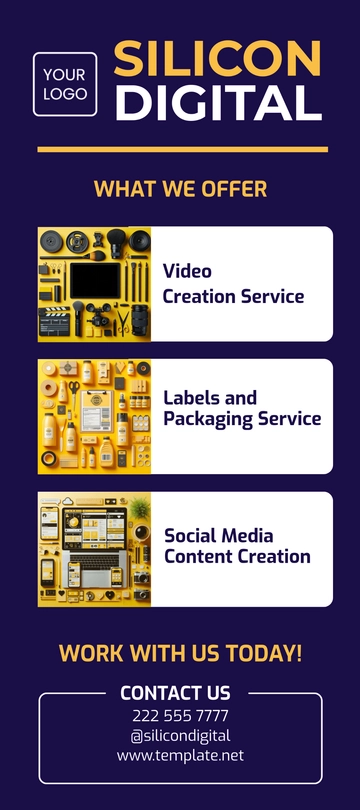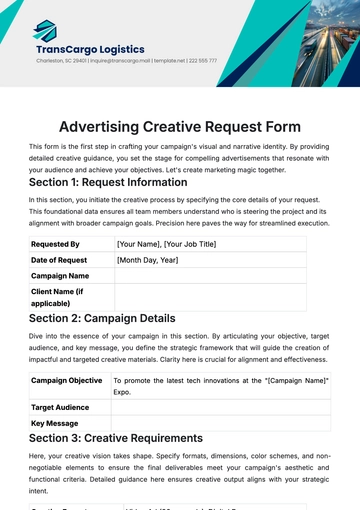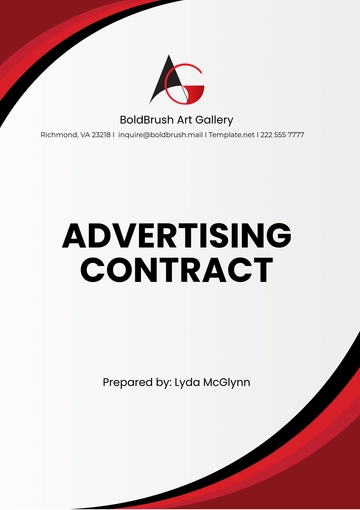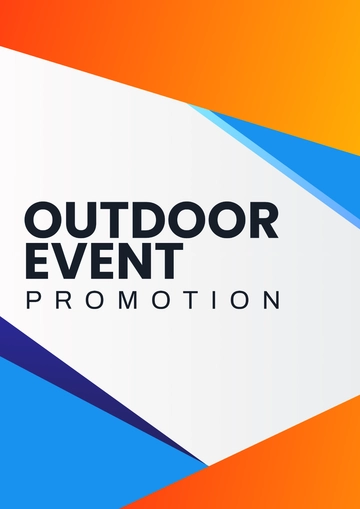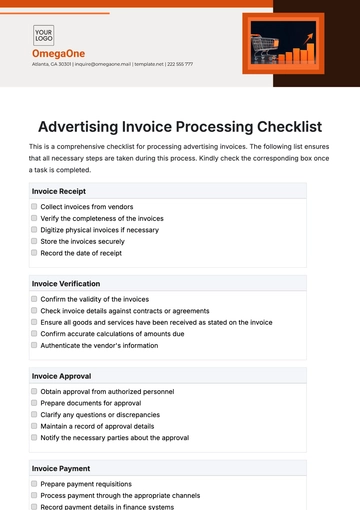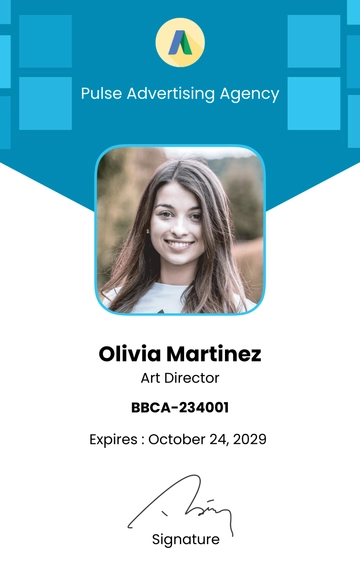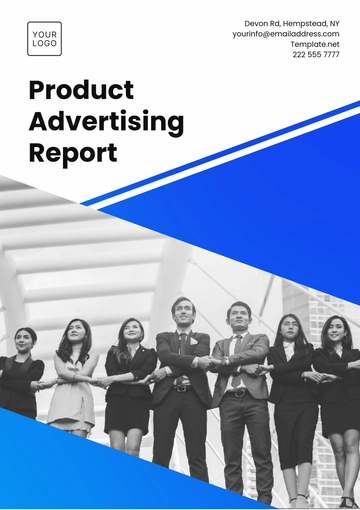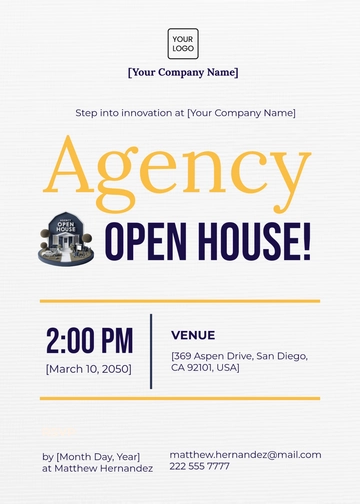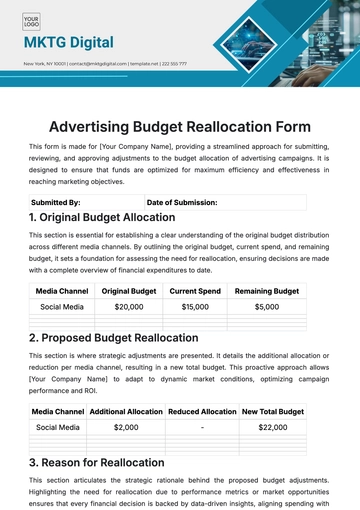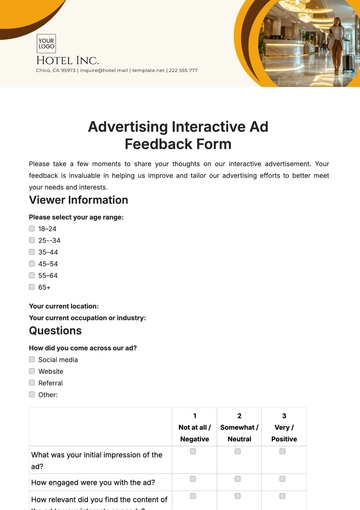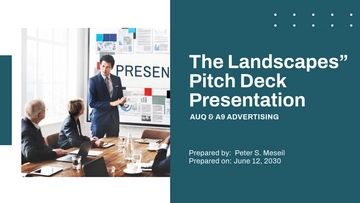Free Advertising PPC Campaign Optimization Study
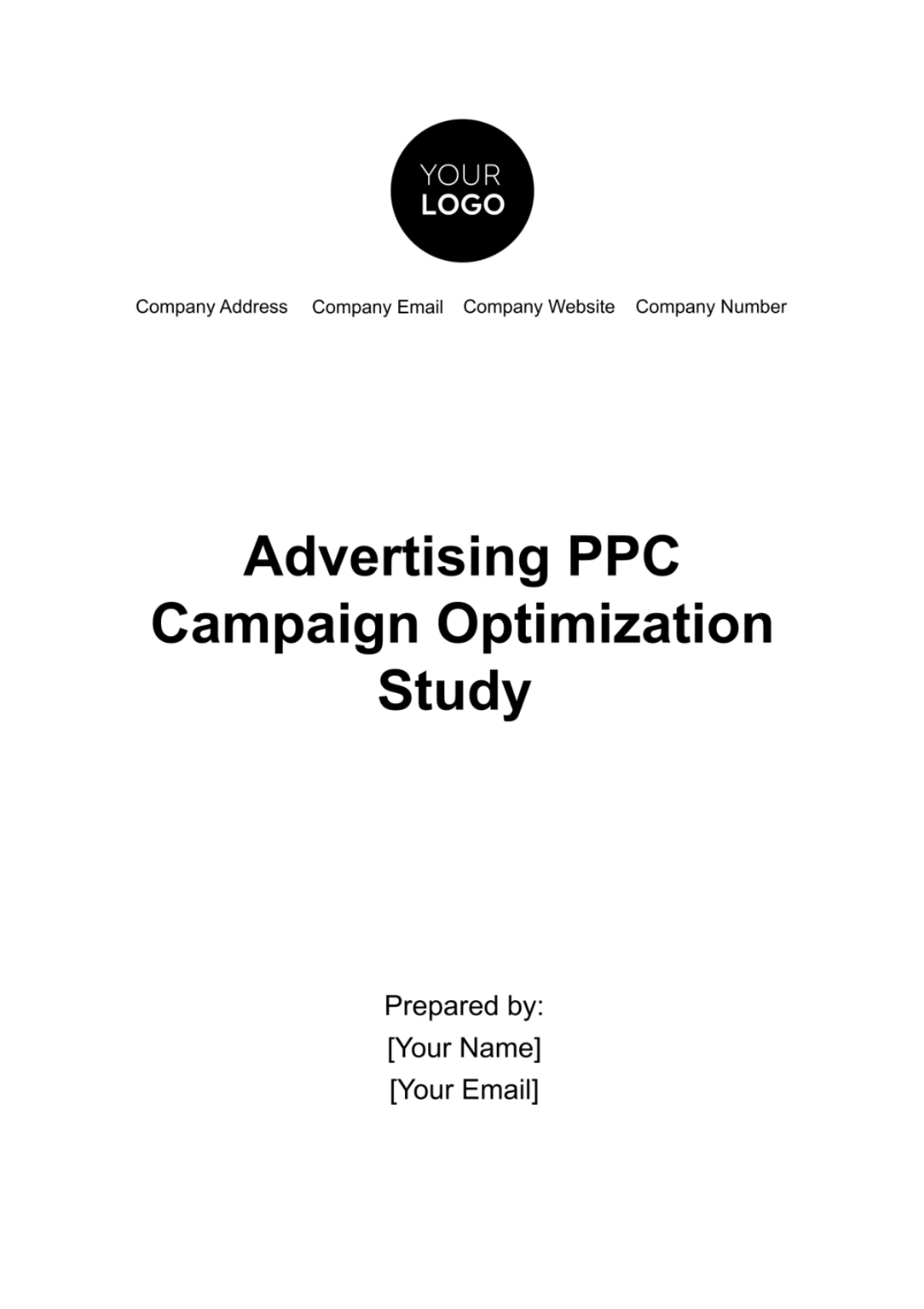
I. Introduction
Established in [Year], [Your Company Name] is an innovative and environmentally conscious clothing company that seamlessly merges fashion with sustainability. Our core mission is centered around providing chic and ethically produced clothing that resonates with the values of eco-conscious consumers globally.
A. Brand Identity
At [Your Company Name], sustainability is paramount. Our commitment to eco-friendly practices is reflected in the use of organic materials, recycled fabrics, and ethical manufacturing processes, all geared towards minimizing our environmental impact. In addition to our sustainability focus, our designs effortlessly blend current trends with timeless style, appealing to a diverse audience seeking both fashion-forward choices and ethical alternatives. Beyond fashion, we actively engage with our audience through educational content, emphasizing the significance of sustainable fashion choices and reducing environmental impact.
B. Product Offerings
Clothing Range: [Your Company Name] offers a diverse range of clothing, including tops, bottoms, outerwear, and accessories, all created with sustainable materials and ethical production.
Seasonal Collections: We release seasonal collections inspired by global trends while maintaining our commitment to sustainability and quality craftsmanship.
C. Online Presence
E-commerce Platform: Our primary sales channel is our user-friendly e-commerce website, which showcases our latest collections and provides a seamless shopping experience.
Social Media Engagement: We actively engage with our audience on various social media platforms, sharing our brand story, sustainable practices, and latest fashion trends.
D. Challenges and Goals
Market Competition: The clothing industry is highly competitive, requiring innovative strategies to stand out amidst both traditional and sustainable fashion brands.
Awareness and Sales: Increase brand awareness among environmentally conscious consumers and drive online sales of our sustainable clothing line.
E. PPC Advertising Strategy
Target Audience: Primarily aimed at environmentally conscious consumers, fashion enthusiasts, and those seeking ethical and stylish clothing options.
Goals: Increase website traffic, boost conversions, and drive sales while maintaining a cost-effective advertising strategy.
Platforms: Utilize Google Ads and other relevant PPC platforms to reach a wider audience and drive targeted traffic to our e-commerce platform.
This comprehensive background offers a detailed view of [Your Company Name], covering its ethos, product offerings, online presence, challenges, and the specific objectives related to the PPC advertising strategy.
II. Campaign Objectives
In our pursuit of optimizing campaign performance, [Your Company Name] has outlined specific objectives aimed at enhancing targeting, relevance, click-through rates (CTR), reducing cost per click (CPC), and boosting conversion rates.
A. Enhance Targeting and Relevance
1. Refine Audience Targeting: Narrow down audience segments to reach environmentally conscious consumers interested in sustainable fashion.
2. Improve Ad Relevance: Ensure ad content aligns precisely with audience interests and emphasizes the brand's sustainability and fashion appeal.
B. Increase Click-Through Rates (CTR)
1. Optimize Ad Copy: Create compelling ad copies that resonate with the target audience, encouraging higher click-through rates.
2. Ad Extensions Utilization: Implement various ad extensions to enhance ad visibility and drive increased clicks.
C. Reduce Cost per Click (CPC)
To optimize costs, we conduct thorough keyword research, refining our keyword selection to lower the average cost per click. The emphasis is on enhancing ad relevance, improving the landing page experience, and boosting expected click-through rates to elevate Quality Scores, subsequently leading to a reduction in CPC.
D. Boost Conversion Rates
Aligning landing pages with ad content is central to our efforts to boost conversion rates. By improving the user experience and optimizing for higher conversions, we ensure a seamless journey from click to conversion. Additionally, we continuously test and refine our call-to-action (CTA) strategies to prompt action effectively and increase overall conversions.
III. Campaign Components Analysis
A. Ad Groups and Structure
Effectiveness: Restructuring ad groups for specific product categories improved relevance and CTR by [00]%.
Contribution: Clear ad group structure contributed to better-targeted messaging and reduced CPC by [00]%.
B. Keywords and Targeting
Impact: Targeting high-performing keywords ("Eco-friendly tops," "Ethical fashion jeans") increased relevancy and reduced irrelevant clicks, lowering CPC by [00]%.
Contribution: Smart use of negative keywords eliminated non-converting traffic, improving ROI and cost-efficiency.
C. Ad Copy and Creatives
A/B Testing: Winning ad copy increased CTR by [00]% and resulted in a [00]% rise in conversions.
Ad Extensions: Site link extensions contributed to a [00]% increase in CTR and conversions.
D. Landing Page Optimization
Alignment: Improved alignment between ad content and landing pages boosted conversion rates by [00]% and reduced bounce rates by [00]%.
CTA Optimization: [00]% increase in conversions attributed to optimized CTAs enhancing user engagement.
E. Bid Strategy and Budget Allocation
Smart Bidding: Implementing Target CPA increased conversions by 15% while maintaining cost targets.
Budget Allocation: Allocating more budget to high-converting campaigns resulted in a [00]% revenue increase.
F. Performance Monitoring and Analytics
Performance Trends: Continuous monitoring led to a [0]% increase in CTR and a $[0] reduction in CPC, optimizing overall campaign costs.
Data-Driven Decisions: Custom reporting enabled informed decision-making, leading to more effective optimizations.
IV. Comprehensive Implementation
To optimize our advertising efforts, [Your Company Name] has executed a comprehensive implementation plan, strategically focusing on campaign structure, ad copy and creative testing, landing page optimization, bid strategy, budget allocation, performance monitoring, analytics, audience segmentation, targeting refinement, and Quality Score improvement.
A. Campaign Structure Optimization
Action: Restructured ad groups into specific categories (tops, jeans, accessories).
Implementation: Reorganized existing campaigns into targeted ad groups for better relevance.
Tools Used: Google Ads Editor, Keyword Planner.
B. Ad Copy and Creative Testing
Action: Conducted A/B testing for different ad copies and extensions.
Implementation: Ran simultaneous ad variations to identify high-performing copies.
Tools Used: Google Ads Campaign Manager, Ad Extensions.
Landing Page Optimization
Action: Aligned landing pages with ad content and optimized CTAs.
Implementation: Redesigned landing pages for consistency and improved user experience.
Tools Used: Google Analytics, A/B testing tools.
D. Bid Strategy and Budget Allocation
Action: Implemented smart bidding strategies and adjusted budgets based on performance.
Implementation: Set up Target CPA bidding, allocated more budget to high-converting campaigns.
Tools Used: Google Ads bidding settings, Budget Manager.
Performance Monitoring and Analytics
E. Performance Monitoring and Analytics
Action: Conducted continuous monitoring of campaign performance.
Implementation: Reviewed metrics daily, created custom reports for deeper analysis.
Tools Used: Google Analytics, Data Studio for custom reporting.
V. Comprehensive Results and Insights
A. Quality Score Improvement
CTR Enhancement: Increased from [0]% to [0]%, reflecting a [0]% uplift post-optimization.
CPC Reduction: Decreased from $[0] to $[0], resulting in a $[0] decrease after optimizations.
Conversion Rate Uplift: Improved from [0]% to [0]%, showcasing a [0]% increase due to enhancements.
B. Impactful Changes
Ad Group Restructuring: Contributed to a [0]% rise in CTR by creating more targeted groups.
Keyword Optimization: Lowered CPC by [0]% by focusing on high-performing keywords.
Landing Page Alignment: [0]% increase in conversion rates due to better ad-to-landing page alignment.
C. Data-Driven Decision-Making
Continuous Monitoring: Iterative changes led to a steady [0]% increase in CTR and a $[0] decrease in CPC.
Custom Reporting: Informed decision-making based on detailed reports for better optimization strategies.
VI. Recommendations
A. Continuous Optimization
Action: Maintain ongoing optimizations across all campaign elements.
Implementation: Regularly review and adjust ad groups, keywords, ad copies, and landing pages based on performance metrics and market changes.
B. Audience Refinement
Action: Further refine audience targeting for better segmentation.
Implementation: Use customer data to create custom audience segments, tailoring ad content to specific interests and behaviors.
C. Expand Remarketing Efforts
Action: Enhance remarketing strategies to re-engage potential customers.
Implementation: Develop personalized remarketing campaigns targeting users who previously interacted with the website but didn't convert.
VII. Conclusion
The PPC Campaign Optimization Study for [Your Company Name] has yielded significant insights and tangible improvements in campaign performance. Through meticulous restructuring, keyword refinement, and creative optimizations, several noteworthy enhancements were observed across various
metrics.
Key Findings:
Performance Improvements: The study resulted in a notable increase in CTR by [0]%, a decrease in CPC by $[0], and a substantial [0]% rise in conversion rates.
Optimization Impact: Restructuring ad groups, refining keywords, aligning ad copies with landing pages, and employing smart bidding strategies showcased measurable improvements.
Audience Segmentation: Customized audience segments demonstrated enhanced engagement and conversion rates, emphasizing the importance of targeted messaging.
Continuous Iteration: Ongoing monitoring and data-driven decisions led to incremental improvements, illustrating the significance of continuous optimization.
Implications and Next Steps:
Sustained Optimization: Continuing the optimization process remains pivotal for maintaining and furthering these positive results.
Diversification Strategies: Exploring new platforms, refining mobile optimization, and diversifying ad content are crucial for reaching a wider audience.
This study has provided actionable insights and demonstrated the effectiveness of targeted optimizations in elevating [Your Company Name]' PPC campaigns. By focusing on continuous refinement, diversification, and audience-centric strategies, [Your Company Name] can further consolidate its position in the competitive landscape of sustainable fashion while fostering growth and engagement among its audience.
- 100% Customizable, free editor
- Access 1 Million+ Templates, photo’s & graphics
- Download or share as a template
- Click and replace photos, graphics, text, backgrounds
- Resize, crop, AI write & more
- Access advanced editor
Enhance your PPC campaigns effortlessly with our Advertising PPC Campaign Optimization Study Template from Template.net. This editable and customizable tool, accessible in our Ai Editor Tool, empowers you to analyze and optimize your campaigns for maximum impact and ROI. Elevate your advertising strategy and drive better results with ease!
